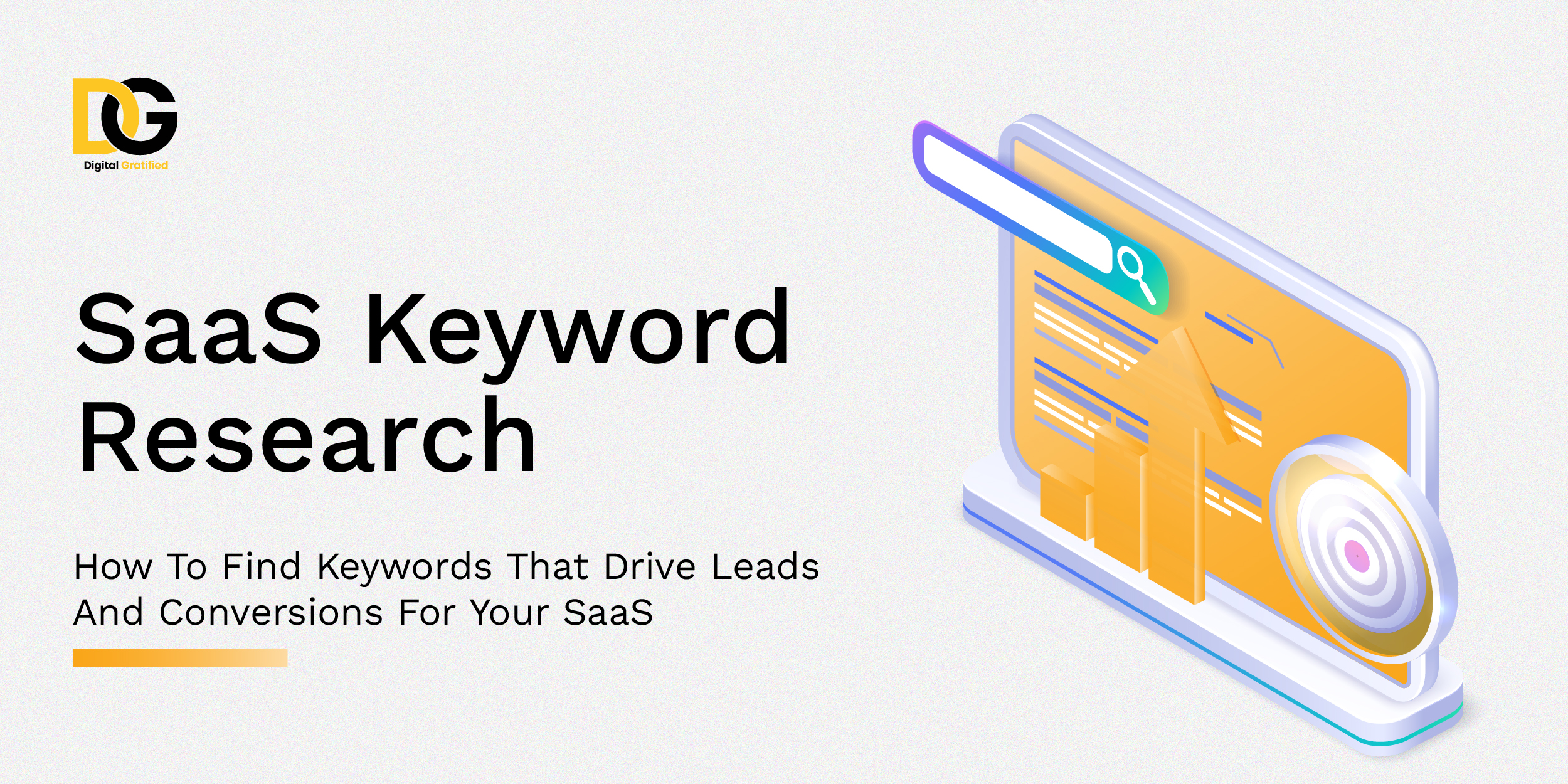Tell me what came to your mind when you read this golden quote:
“I’ll scratch your back if you scratch mine.”
Screams collaboration and common interests, right?
That’s exactly how link exchange SEO works. You give me a link space on your website, and I reciprocate the gesture.
The results? Boosted traffic and domain authority!
But while that sounds really simple and effortless, it’s actually the opposite.
If you do Link exchange the wrong and quacky way, your website could end up getting penalized by Google and slammed with a “Link Spam” charge.
So, sit back and let me walk you through a few ways to escape the Spam radar while boosting your SaaS website on SERPs.
First, What Are Link Exchanges?
Link exchange is an agreement between two website owners to reciprocally link back to each. And the aim is to:
- Enhance domain authority.
- Increase both party’s website traffic.
- Boost SaaS lead generation.
Note that link exchange can be a two-way or three-way strategy. But more often than not, the three-way strategy is safer.
Here’s How A Two-Way Approach Works
You have a tech site with a DR of 30. And you know another tech site with almost the same or higher DR.
Step 1: You do your research and reach out to the other site’s admin.
Step 2: Ask for a link exchange opportunity.
Step 3: Craft a guest post which contains your link and send it to them. Once they publish the guest post, then you’ve earned yourself a link.
Step 4: Lastly, include the other party’s link in one of your articles through niche edit. Both of you are good to go.
In summary, website A links to B, Website B links back to A.
Is Two-Way Link Exchange Common And Legal?
Well, yes, it’s common!
Let’s say you own a fairly successful SaaS website with a domain rating of at least 30. You’re most likely going to receive tons of link exchange requests from other marketers – and even some link building agencies monthly.
Several thousands on thousands of different websites receive these requests daily.
The only problem is that most search engines like Google the ‘punisher’ and its extremely strict algorithm frown against indiscriminate link exchange.
Here’s are a few lines taken directly from their Spam Policies:
- Buying or selling links for ranking purposes.
- Excessive link exchanges (“Link to me and I’ll link to you”) or partner pages exclusively for the sake of cross-linking
- Using automated programs or services to create links to your site
Pay attention to the word “excessive” in the second policy there.
If I were to interpret that as a layman, it means Google does not necessarily forbid link exchange. It’s just that doing it too much and indiscriminately can earn you a swift red flag.
But when John Mueller from Google was asked directly, he said, and I quote:
“So… a link exchange where both sides are kind of like you link to me and therefore I will link back to you, kind of thing, that is essentially against our webmaster guidelines.
So that’s something where our algorithms would look at that and try to understand what is happening here and try to ignore those links.
And if the web spam team were to look at it they would also say this is not okay.
And if this is the majority of the links to your website like this then they might apply manual action.
So that’s something I would avoid.”
Joining our pieces, two-way or direct link exchange, is a big headache that you need to completely steer clear of.
Three-Way Link Exchange Approach
The 3-way link exchange approach is a safe way to build links with a lesser risk of getting in trouble.
Let’s break it down using “John and Joan’s” scenario.
Suppose John Smith is a new SaaS business owner and has two websites – one for his consulting service (A) and one for marketing his new software (B).
At the same time, John has an interest in Joan Brown’s high-end website (C), which sees an influx of 50,000 monthly traffic.
A 3-way link exchange between the two could look like this:
Step 1: JoanBrownWebsite.com (site C) embeds a link into a blog article on her site that links to SmithSoftware.com (site B)
Step 2: In exchange, SmithConsulting.com (site A) links to JoanBrownWebsite (site C) through a guest post from SmithSoftware.com (site B)
This can be a time-consuming and very intricate process. Moreover, you need a vast network of connections within the industry to pull a 3-way approach off.
That’s also why most site owners make the decision to work with link building agencies to manage cost and still get the best results.
Three-Way Link Exchange Better?
Compared to the two-way approach? Yes!
Search engines are unable to figure out if the links were built through link exchange.
And if you do it well, you should be able to capitalize on this approach to build thousands of quality links to your website over time.
Even so, you still risk getting sniffed out by Google if you do it wrongly. And that’s why you need an experienced link building agency like Digital Gratified.
Link Building Cost Calculator
50001Total$
SEO Cost Calculator
1050001Total$
The Dangers Of DIY Link Exchanges
Search engines like Google run regular updates to improve the browsing experience for its users.
However, these updates also come with incessant checks that target websites using illegal link exchange practices like:
- Using a two-way or direct link exchange strategy. Search engines sniff this out faster than any other breach.
- Placing links from other sites in your header or footer – which are considered “site-wide” links and appear on every page.
- Exchanging links with websites and pages riddled with links unrelated to the content or feel inorganically embedded.
- Inserting links on websites irrelevant to your niche or product.
- Exchanging links with PBNs.
Doing an “exchange link rush” campaign, also known as indiscriminate or excessive link exchange. Once identified, any one of these outcomes can happen:
- Instantaneous or almost-immediate drop in search rankings.
- Site visitor metrics will plummet.
- In some instances, search engine professionals can manually de-index your site.
- Lastly, your website gets blacklisted or awarded with a huge spam score.
5 Ways To Scale Your SaaS With Link Exchanges

Link exchange SEO is hard just like any other SaaS link building strategy – no doubt. But you can still do it right if you follow these tips:
1. Link To Relevant And Informative Pages On Your Website
Don’t just link from homepage to homepage but use specific relevant page links instead. For example, if discussing a product price within a blog article, link to the product page that displays the updated price instead of linking to the product owner’s home page.
2. Avoid Using Call-to-Action Or Keywords/Phrases In Your Link’s Anchor Text
It looks a bit scammy for a link to read “Check out this amazing thing” or “Look here to make more money,”. Instead, conduct SaaS keyword research and outline relevant and authentic anchors to use. Ensure each link phrase flows with the surrounding content.
3. Partner With Relevant Domains In Your Niche Only
SaaS companies new to link-building won’t benefit from approaching dog breeding website blog pages and articles to grow their digital reach. On the other hand, exchanging links with irrelevant websites puts your website on search engines’ radar and increases your spam score.
4. Narrow Your Outreach Away From General Blogs Or Domains
Blogs that cover multiple topics, like popular “Life Hack” blogs, won’t do you much good since they have different audiences which do not tally with your website’s purpose. Moreover, search engines won’t see these blogs relevant when determining your rank on SERPs.
5. Outsource To A Link Building Agency
Link building agencies are digital companies that primarily specialize in building links through strategies like;
- Guest posting and other SaaS content marketing channels
- Competitor backlinks analysis and niche editing
- Broken link leverage and on-request link exchange.
Since they have a rich experience and a wide database of quality domains to offer, it’s a good bet compared to when you DIY.
While these are just a few linking tips, do your research on each site you consider linking to (and from) to stay on the up and up – and scale your SaaS business forward instead of taking 10 steps back.
Conclusion
Link exchange is a fairly useful traditional link building and SaaS marketing strategy if done well. But like I’ve said before, you should consider hiring a link building agency to research and embed those traffic-boosting, rank-rising links the right way.
Why?
Investing everything to build an exceptional website only to have it ruined by one mistake is not worth it. This is because search engine teams are actively searching for “illegal” link schemes.
If you’re looking for a reputable link building agency with an affordable link building pricing, then we’re the best option.
Over the last three years, we have built thousands of backlinks for SaaS businesses. Our link building services helped new SaaS products get traffic of thousands from zero, and well-established SaaS brands doubled and even tripled their traffic in just a few months. All that was done at a lesser cost than the average cost for building or expanding in-house teams for link building.
Vibhu Dhariwal, Co-Founder, Digital Gratified
Sounds like what you need? Give us a call now!



